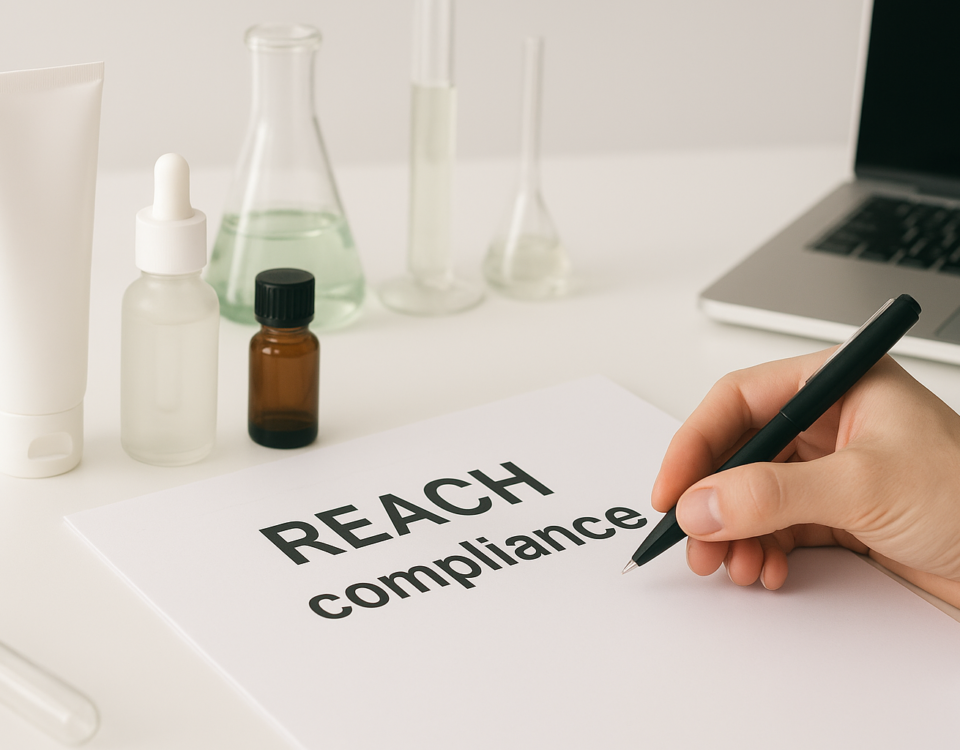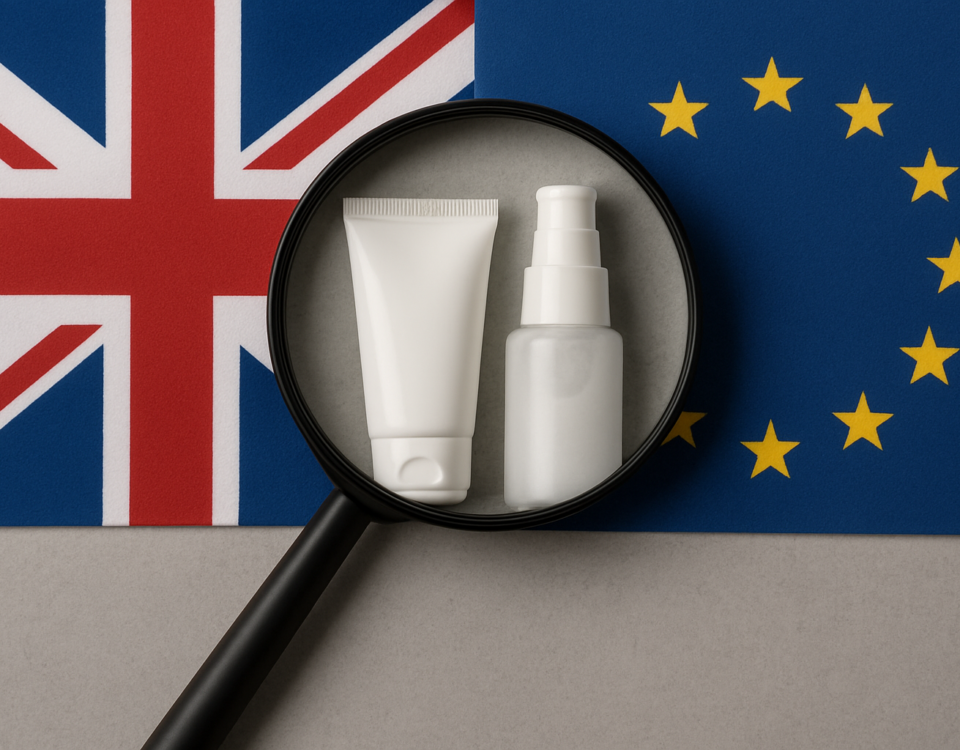
Clear wishes you a dynamic, regenerating, variegated and pluralistic new year
5 January 2023
Animal testing in Europe: a look at how the cosmetics industry deals with the subject!
3 March 2023Since the application of article 41 of the (French) Law n° 2020-105 dated 10 February 2020 concerning the reduction of waste and the circular economy (the AGEC Law), cosmetics manufacturers are now paying more and more attention to their ecological impact. Over the past few years a large number of brands have started to propose packaging that can be refilled in retail outlets. Here is a quick update from CLEAR on the regulatory issues raised by this new trend.
When a cosmetic product can be refilled at the retail outlet, the consumer returns to where they purchased the product with its original packaging to have it refilled from a bulk container. As with any other cosmetic product, a refillable cosmetic product must comply with the (EC) n° 1223/2009 Cosmetics Regulation.
Compliance to the European Regulation involves meeting specific obligations; here is a quick overview of the essential points and some of the finer issues they raise:
- The first obligation involves the designation of a Responsible Person. This can be:
- Either the entity that markets the product (or a third party designated by them),
- Or the wholesaler if they change the product in any way that might affect its compliance to the essential requirements (for example: if they transfer the product from a large container into a small packaging unit that they provide to the client and which does not bear the labelling of the designated Responsible Person for the bulk refill container).
There must be a contract between the marketing entity and the wholesaler such that the responsibilities of each party are clearly laid out (especially as regards staff training, batch tracing, equipment hygiene, specific packaging materials to be used, etc.).
- The refillable cosmetic product must also have its own Product information documents (PID) and a Safety Evaluation that covers this packaging method, especially in terms of microbiological contamination risks. This risk must be managed through the implementation of a strict protocol that covers every stage of the process: from the arrival of the bulk refill container in the retail outlet right through to when the consumer leaves with their refilled product. In addition to this, the safety evaluation must also cover the materials used to package the refill product and the refillable container.
- Good Manufacturing Practices are another major issue: staff must have GMP training (especially concerning storage, sales equipment maintenance, container filling, etc.) and the retail outlets themselves must be arranged to guarantee the suitable protection of the product. In addition to this, the consumer must have access inside the retail outlet to regulatory guidelines on how to clean the re-usable containers, regardless of whether it is they or the retail staff who do the refilling.
- The refill container which will receive the product must also bear a label containing all of the obligatory information set out in the Cosmetics Regulations.
- Finally, and wholesalers often forget this, any retail outlet that actually packages products must have made a declaration to the ‘Agence nationale de sécurité du médicament et des produits de santé (ANSM – National Agency for Medicine and health product safety).
Cosmetic products that are refilled at the retail outlet are a new and growing new trend that responds directly to legitimate concerns regarding the reduction of packaging materials. We must remember that, in order to guarantee consumer safety, it is subject to a strict regulatory framework. If you want to try it, CLEAR is here to help you.




